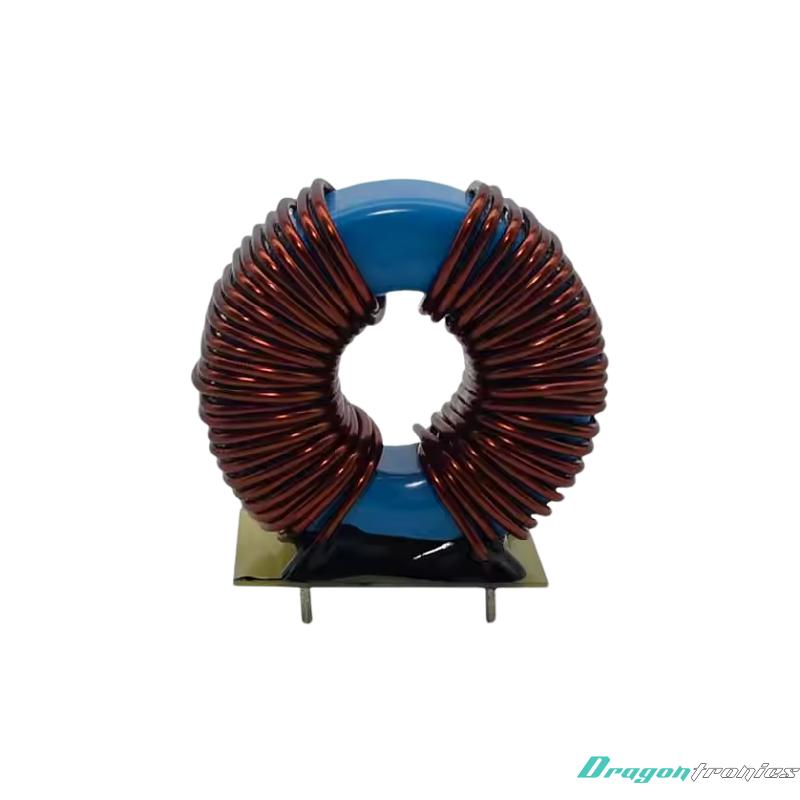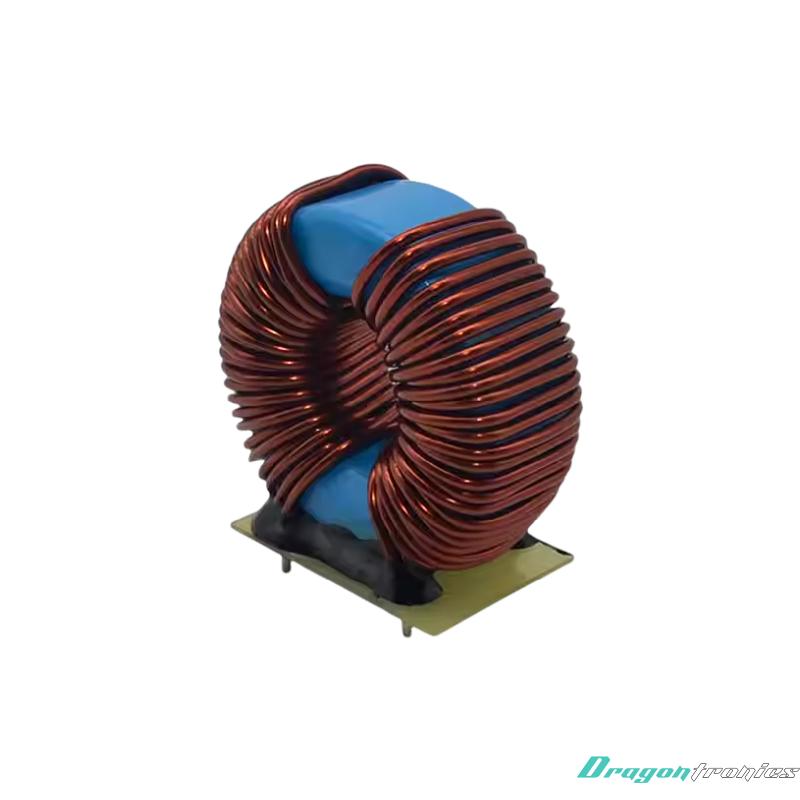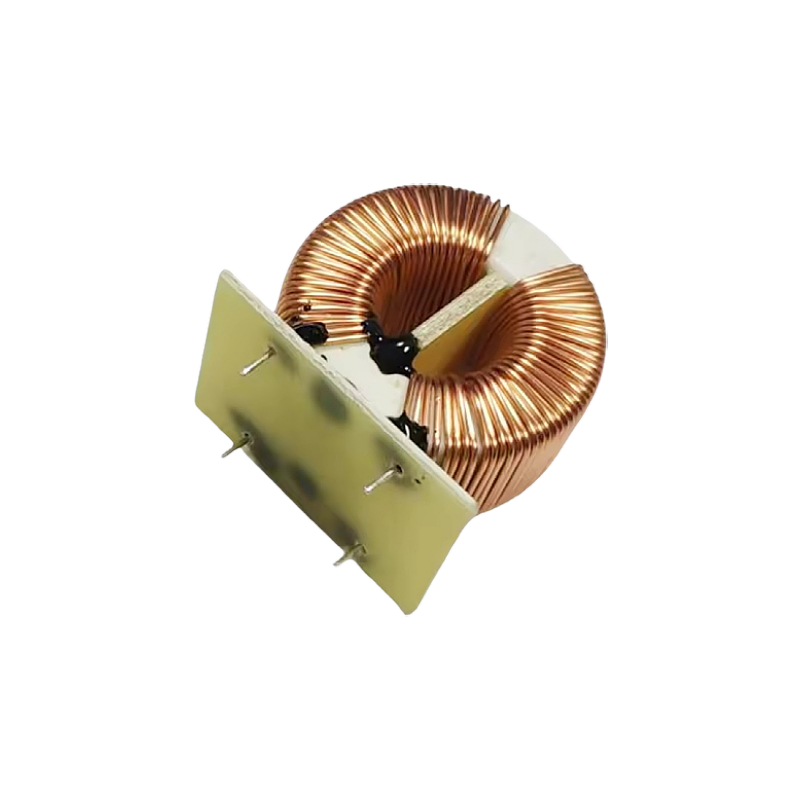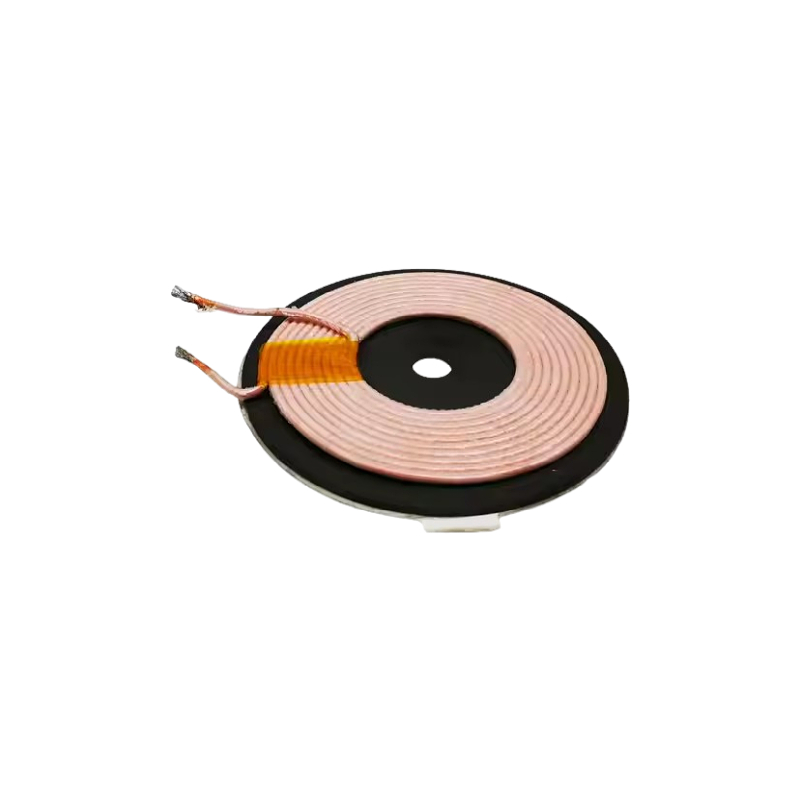Inductor & Coil
Common Inductor
- Product description: A common inductor is an electrical component that stores energy in a magnetic field when current flows through it. It typically consists of a coil of wire wound around a core made from a magnetic mate
How a common inductor works:
1. Magnetic Field Generation: When an electric current flows through the inductor's coil, it generates a magnetic field around the coil, following Ampère's Law. The strength of the magnetic field depends on the current and the number of turns in the coil.
2. Inductance: The property of the inductor that opposes changes in current is called inductance, symbolized by LLL. Inductance depends on factors like the number of turns in the coil, the core material, and the coil's shape and size. Higher inductance means the inductor resists changes in current more effectively.
3. Opposition to Current Change (Self-Induction): When the current through an inductor is changing (increasing or decreasing), the magnetic field it creates also changes. According to Faraday’s Law of Induction, a changing magnetic field induces an electromotive force (EMF) in the coil itself, which opposes the change in current. This is why inductors resist sudden changes in current. This opposition is often referred to as self-inductance.
4. Energy Storage: The energy is stored in the magnetic field generated by the current in the inductor.
5. Behavior in AC Circuits: In an alternating current (AC) circuit, the current continually changes direction. As the current changes, the inductor continually builds and collapses its magnetic field. This causes the inductor to resist any sudden changes in the direction or amplitude of the current, leading to a phase shift between the voltage and current.
6. Impedance in AC: Inductors have a property known as inductive reactance in AC circuits, which is a measure of their resistance to current change in an AC circuit. The higher the frequency or inductance, the greater the opposition to current flow (impedance) in an AC circuit.
Applications of Inductors:
- Filters: Inductors are used in filters to block high-frequency signals or to smooth out ripple in power supplies.
- Energy Storage: Used in switching power supplies, inductors store and release energy to maintain a steady current.
- Chokes: They are used to limit the current or filter out unwanted noise in electronic circuits.
- Transformers: Inductors are key components of transformers, which step up or step-down AC voltages.
Categories
Latest News
Contact Us
Contact: Fiona Wu
Phone: 86 - 173 28414 818
Tel:
Add: 20, Changtian Road, Hengli, Dongguan, Guangdong, 523852, China






 Lankecms
Lankecms lankecms
lankecms
 Lankecms
Lankecms